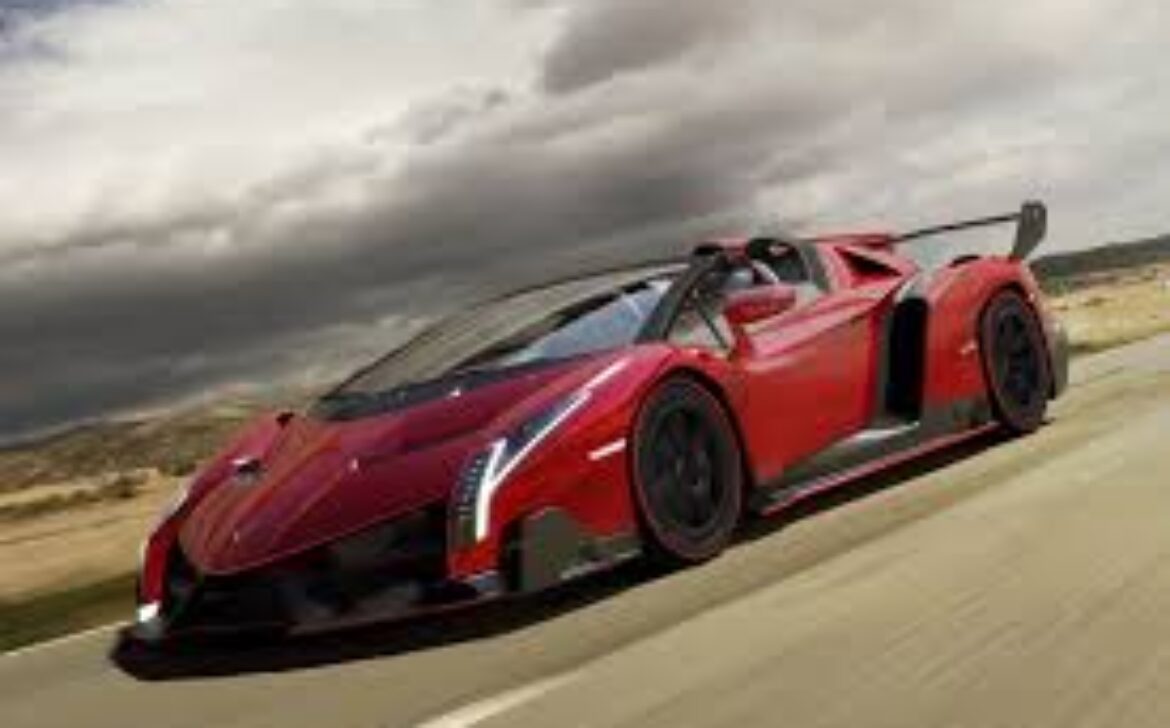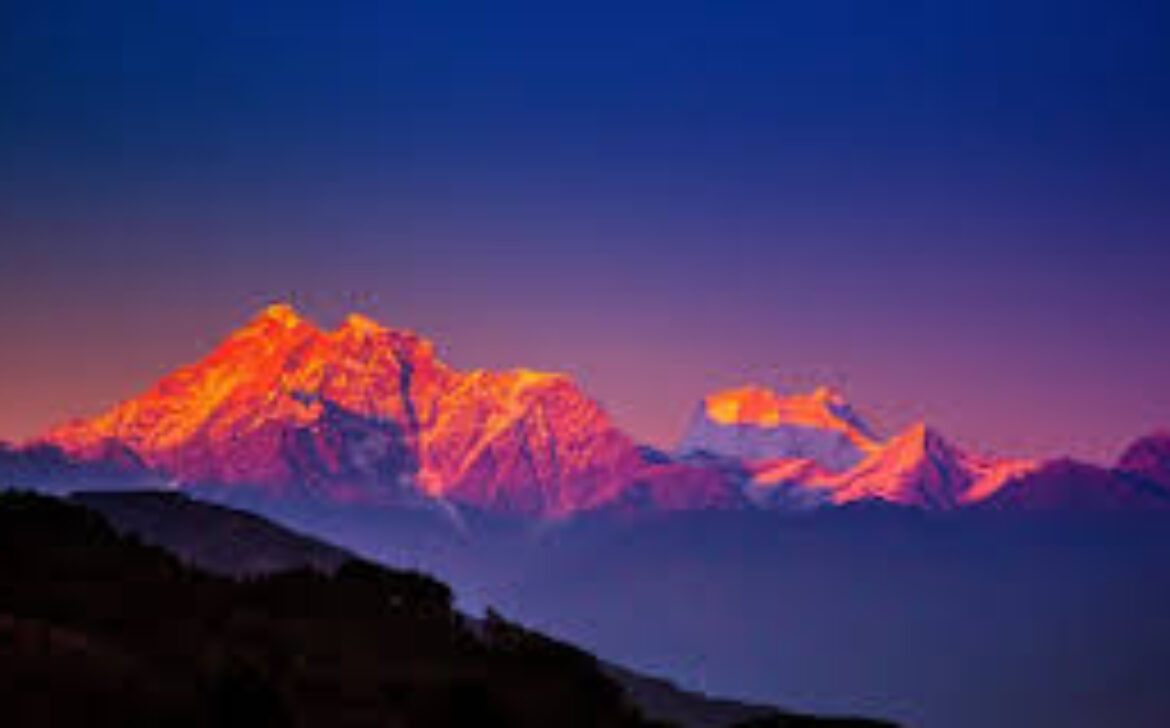Harmonies of the Soul: A Melodic Journey into the Power of Songs
Introduction:
Songs, the universal language that transcends boundaries and speaks to the soul, have been an integral part of human culture for centuries. In this blog, we’ll embark on a melodic journey, exploring the profound impact of songs on our emotions, memories, and the way they weave into the fabric of our lives.
The Universal Language of Music:
Songs, with their melodies and lyrics, have a unique ability to communicate emotions and stories. Regardless of language or cultural background, music serves as a universal language that resonates with people worldwide. It has the power to evoke feelings, create connections, and bring diverse communities together.
Emotional Resonance:
One of the remarkable aspects of songs is their ability to evoke a wide range of emotions. From joyous anthems that make us dance to heart-wrenching ballads that bring tears to our eyes, songs have an unparalleled capacity to mirror and amplify our emotional experiences. The right song at the right moment can become a soundtrack to our lives, providing solace, inspiration, or celebration.
Memories and Nostalgia:
Songs have a unique ability accordingly to imprint themselves on our memories, becoming time capsules that transport us to specific moments in our lives. A familiar tune can instantly evoke memories of joy, love, heartbreak, or adventure. Whether it’s the song that played at a graduation ceremony or the one that accompanied a road trip, music has a way of preserving and enhancing our most cherished memories.
Cultural Diversity in Music:
The world of music is a rich tapestry woven with threads of cultural diversity. Each region and community contributes its unique sound, instruments, and rhythms to the global musical landscape. Exploring music from different cultures not only broadens our musical palette but also fosters a deeper understanding and appreciation for the diversity of human expression.
Evolution of Music: From Vinyl to Streaming:
The way we access and consume music has evolved over the years. From vinyl records to cassette tapes, CDs, and now streaming services, the evolution accordingly of music formats reflects advancements in technology .
The Social Impact of Songs:
Songs have often served as anthems for social movements, providing a voice to the voiceless and inspiring change. Whether it’s protest songs from the 1960s, hip-hop addressing social issues, or contemporary pop accordingly songs promoting inclusivity, music has the power to influence and shape societal discourse.
The Art of Songwriting:
Behind every great song is a skilled songwriter who accordingly crafts lyrics that resonate with listeners. Songwriting is a form of storytelling, and the best songs often combine poetic language with memorable melodies.
Conclusion:
Songs are more than just melodies and lyrics; they are threads that connect us accordingly to our emotions, memories, and the world around us. As we navigate the harmonies of life, let us celebrate the transformative power of songs










